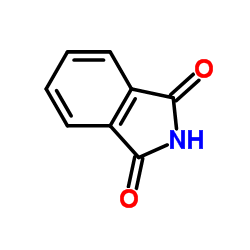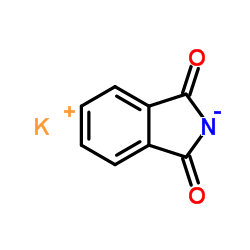| Structure | Name/CAS No. | Articles |
|---|---|---|
 |
O-Phthalimide
CAS:85-41-6 |
|
 |
Potassium phthalimide
CAS:1074-82-4 |